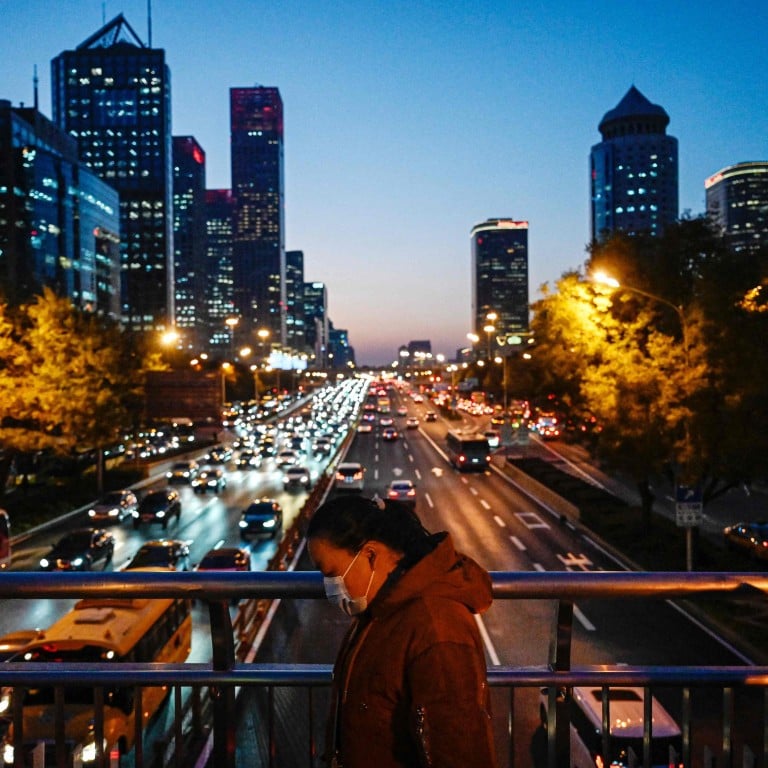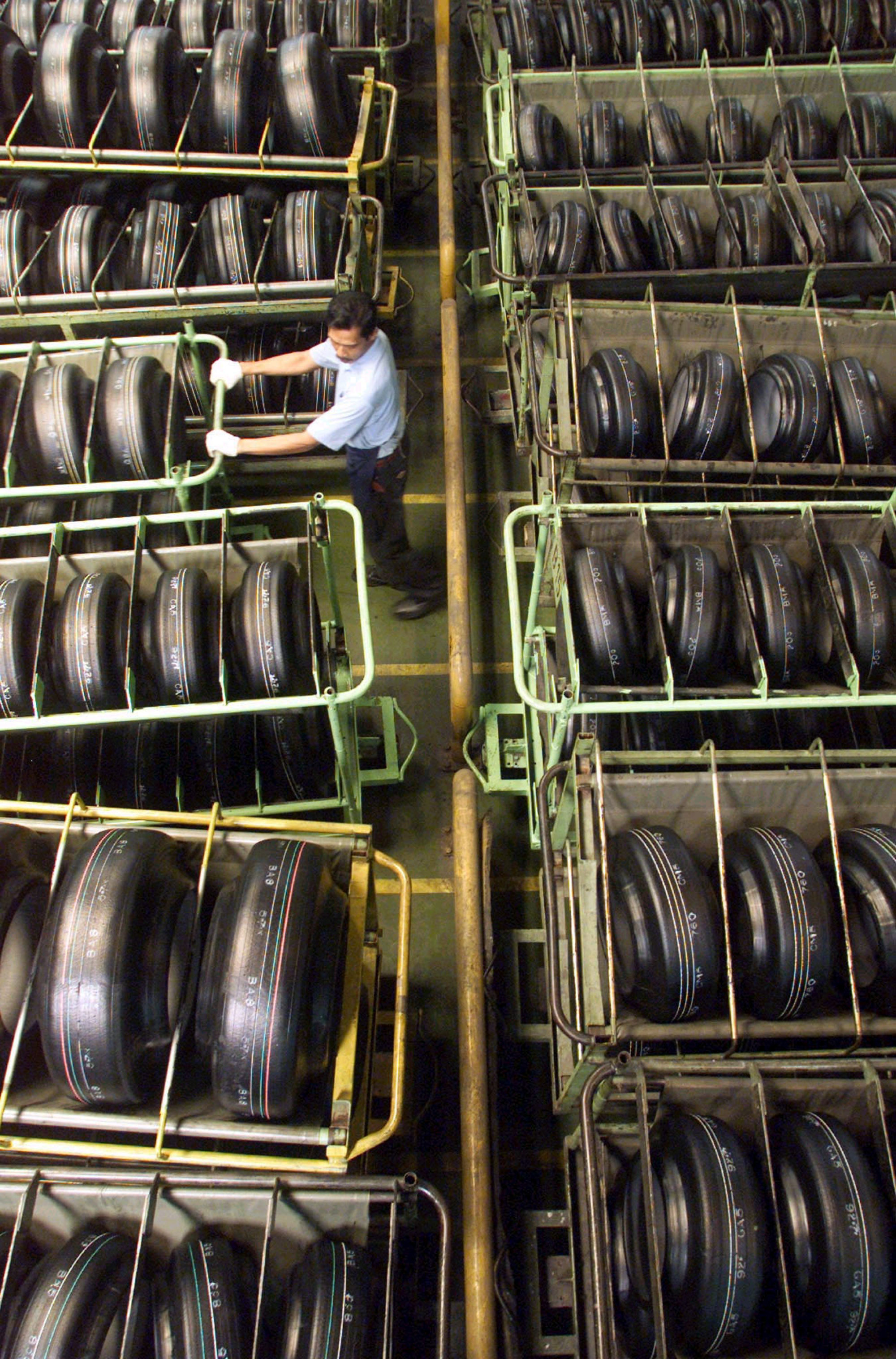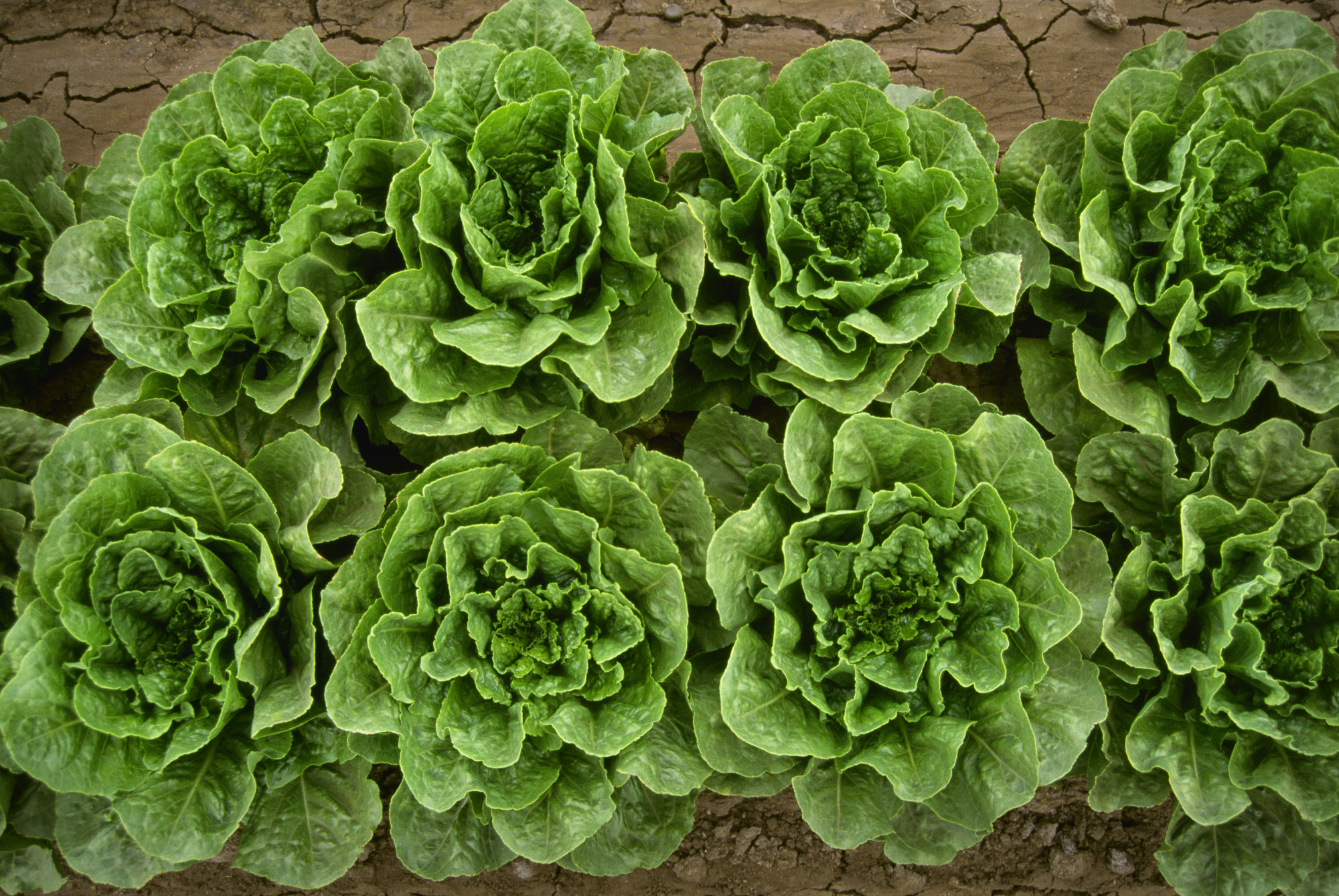
We’re choking on toxic tyre dust – we just didn’t realise it
- Modern tyres are a chemical cocktail and scientists are realising that the microparticles they shed are actually quite harmful – to wildlife, the food chain and us
Just when we thought we were getting on top of carbon dioxide and other exhaust emissions from our petrol-guzzling cars, along comes a newly noticed source of toxins from the world’s roughly 1.5 billion road vehicles.
According to UK research group Emissions Analytics, an average car’s tyres emit over 1 trillion microparticles for every kilometre they travel. Over a car tyre’s average life, it sheds about 30 per cent of its tread – which amounts to about 1.5 million tonnes of tyre dust every year, according to a 2017 study.
As an Imperial College London report published in February this year put it, “by simply walking on the pavement we are exposed”.
This might not have been a problem back in 1888 when John Boyd Dunlop produced the first practical pneumatic tyre. His were made of natural rubber, and the tricycle he improved to protect his son from getting a sore bottom as he cycled to school along Belfast’s cobbled streets was hardly travelling at speeds likely to generate tyre dust.

As Emissions Analytics CEO Nick Molden notes: “You’ve got a chemical cocktail in these tyres that no one really understands and is kept highly confidential by the tyre manufacturers.”
The exact amount of tyre dust, it said, depends on “contact interaction”: the weight of a vehicle, quality of its tyres, the driving style and road conditions. Rough roads generated larger particles, and smoother roads produced more micro-particles.
Around 45 per cent of the tyre dust stayed close to the road, but 55 per cent was dispersed into the wider environment – with 82 per cent of this carried off by water into drainage systems and our oceans.

While we pat ourselves on the back for our progress in reducing the toxic harm of exhaust emissions as we shift from fossil fuels to battery-powered vehicles, it has until recently not dawned on most of us that our tyres are inflicting as much harm, perhaps even more.
“When we think of products of strategic national significance, we rarely consider tyres,” Molden writes. Yet “the rate of release of these [tyre] particles is almost 2,000 times greater than the mass of particles from a modern exhaust pipe”.
With the world’s car population growing by more than 5 per cent last year to reach an estimated 1.5 billion, there is a pressing need for action.
China has the largest population of motor vehicles in use (about 415 million), but that amounts to less than one car for every three people, far short of the concentration of car ownership in North America, where there are 71 cars for every 100 people.
So most of the future growth in car use is likely to be in Asia, which means our region faces the most acute challenges in disposing of worn tyres, and mitigating the rise in the toxic impact of tyre dust.

Scientists are pointing firstly to an urgent need for more accurate and detailed monitoring of tyre dust emissions. Then, they are investigating the use of electrostatic plates fixed to car tyres (which might filter 60 per cent of emitted particles out of the air), and roadside “rain gardens” that can capture emitted particles as they are swept off in rainfall run-off.
They are calling for more transparency from tyre manufacturers, both to reveal the chemicals that go into each tyre and to reduce the chemicals they use. They are calling for more use of public transport and for lighter cars. And, of course, we don’t need scientists to tell us we need fewer potholed roads, fewer aggressive drivers and more fully inflated tyres.
David Dodwell is CEO of the trade policy and international relations consultancy Strategic Access, focused on developments and challenges facing the Asia-Pacific over the past four decades


